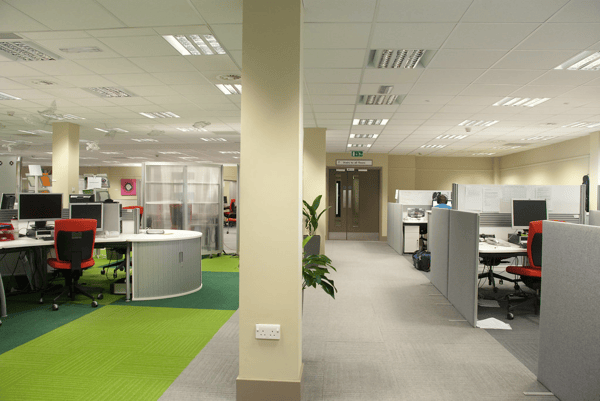
Food Processing Lighting Fixtures & Types - LED Options Explained
LED Retrofit,
Wall Pack Lighting,
High Bay Lighting,
LED Lighting,
Fluorescent Replacement Lighting,
Parking Lot Lighting,
Troffer Lighting,
Industrial Lighting,
Interior Lighting,
Outdoor Lighting,
Flood Lighting,
Area Lighting,
High Mast Lighting,
Hazardous Location Lighting,
Vapor Tight Lighting,
UV Lighting,
Food Processing/Food and Beverage Lighting


